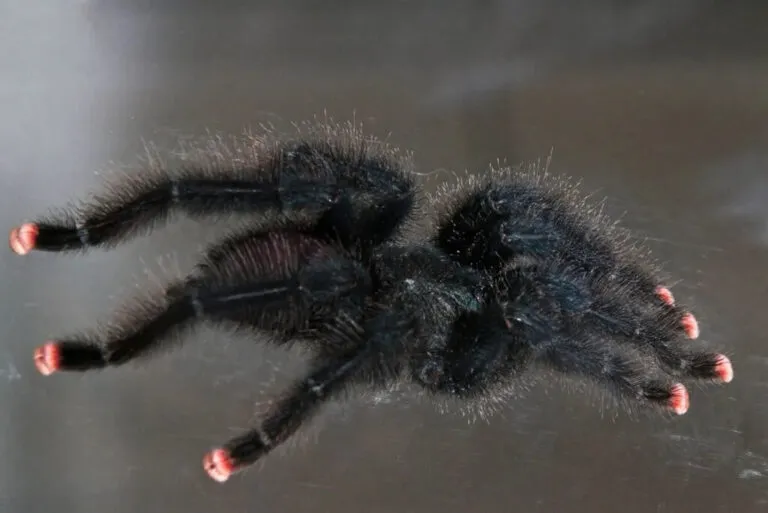Understanding the Brazilian Blue Pinktoe Tarantula
The Brazilian Blue Pinktoe Tarantula, scientifically known as Caribena versicolor, is a captivating arboreal species popular among tarantula enthusiasts. Native to the tropical forests of Brazil, these spiders are renowned for their vibrant coloration and relatively docile temperament, making them a great choice for beginners. Their striking appearance, with a blue carapace, pink-tipped toes, and a metallic sheen, adds to their allure. Understanding their natural habitat and behaviors is crucial to providing the best care for your pet. These tarantulas are not just pets; they are delicate creatures with specific needs that must be met to ensure their health and happiness.
Habitat & Enclosure Setup
Creating a suitable habitat is paramount for the well-being of your Brazilian Blue Pinktoe Tarantula. Since they are arboreal, they require a vertically oriented enclosure. The enclosure should provide ample space for climbing, web-building, and exploring. Adequate ventilation is also essential to prevent the buildup of humidity, which can lead to health problems. A well-designed enclosure mimics their natural environment, reducing stress and promoting a healthy life.
Choosing the Right Enclosure
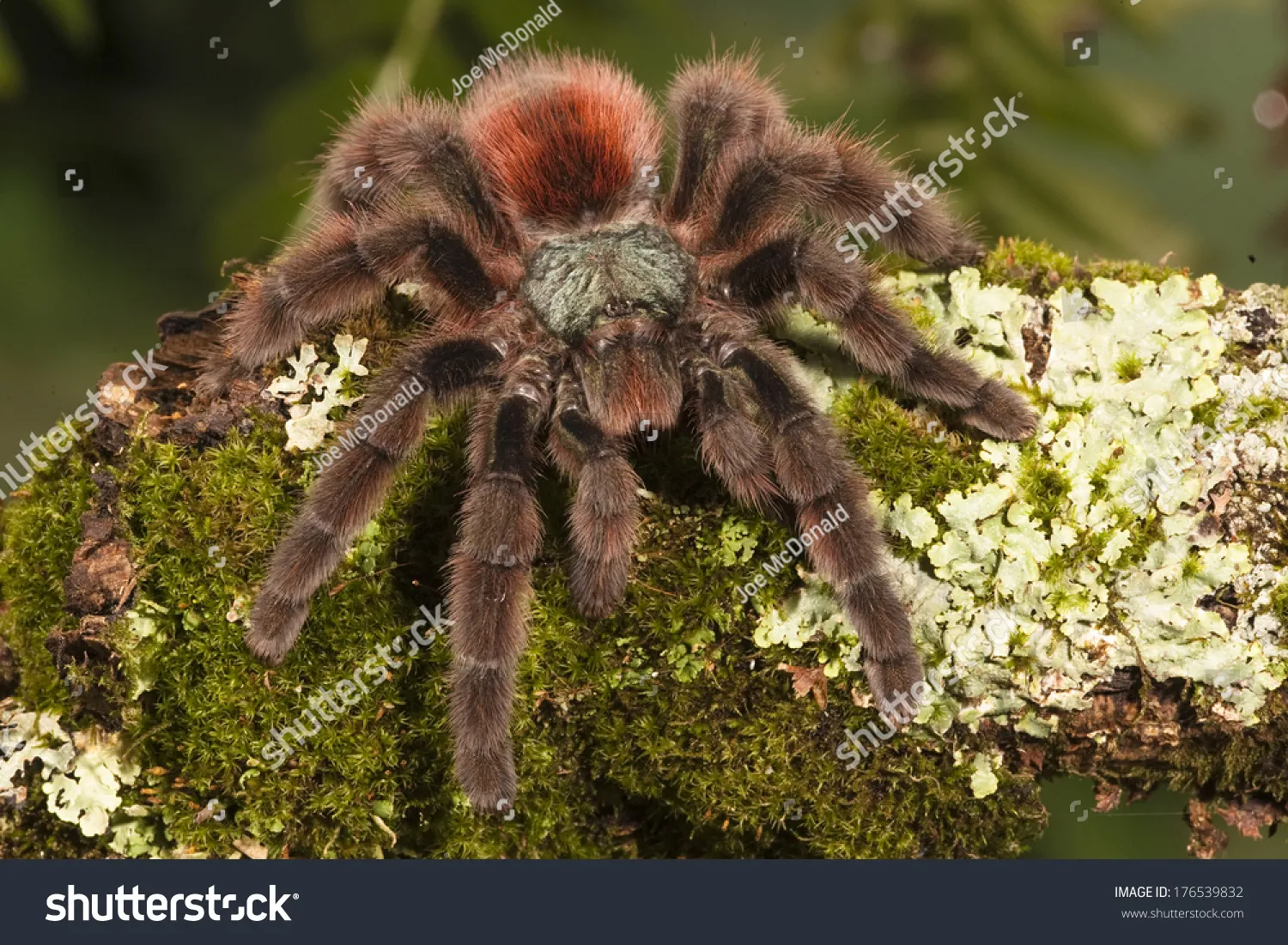
Select a terrarium that is tall rather than wide. A good size for an adult is around 12x12x18 inches, but larger is always better. The enclosure should have a secure lid to prevent escapes. Ensure the material is transparent, such as glass or acrylic, to allow for easy viewing. Avoid enclosures with sharp edges or rough surfaces that could injure the tarantula. Make sure there are plenty of ventilation holes.
Substrate and Decor
The substrate should be about 2-3 inches deep. A mixture of coconut fiber, peat moss, and a small amount of vermiculite works well. These materials help retain moisture and allow the tarantula to burrow if it chooses. Decorate the enclosure with branches, cork bark, and artificial plants to provide climbing opportunities and hiding places. These additions not only make the enclosure aesthetically pleasing but also enrich the tarantula’s environment, encouraging natural behaviors and reducing stress.
Temperature and Humidity
Maintaining the correct temperature and humidity levels is vital. Keep the enclosure temperature between 75-85°F (24-29°C). Use a heat lamp or under-tank heater if necessary, but always ensure there is a temperature gradient to avoid overheating. Humidity should be around 70-80%. Use a hygrometer to monitor the humidity levels. Mist the enclosure regularly with dechlorinated water, but avoid saturating the substrate. Proper ventilation will prevent mold growth.
Feeding Your Tarantula
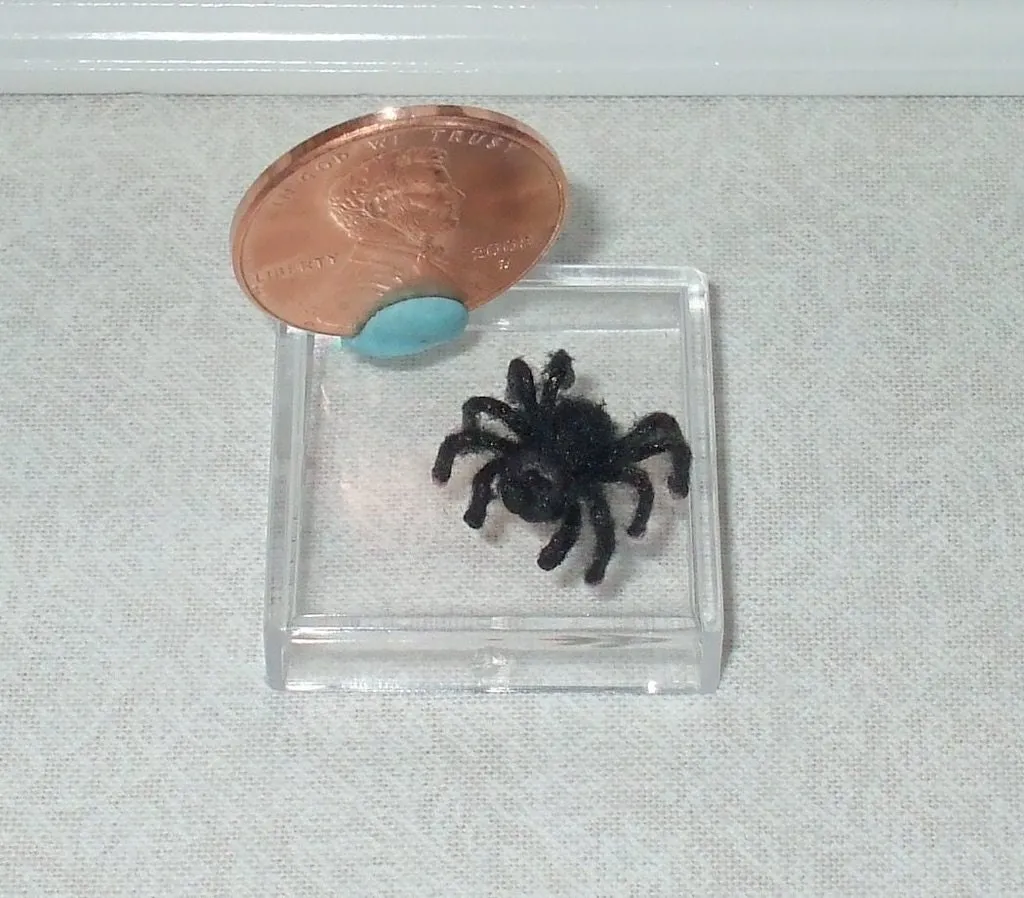
Proper feeding is essential for your Brazilian Blue Pinktoe Tarantula’s health and growth. Providing a balanced diet of appropriate food items ensures they receive the necessary nutrients to thrive. Overfeeding can lead to health issues, so monitoring the tarantula’s condition and adjusting feeding frequency accordingly is crucial. Observing their eating habits and behavior will help determine the best feeding strategy for your pet.
What to Feed
Offer a variety of insects appropriate for the tarantula’s size. Crickets, roaches, mealworms, and even small locusts can be suitable. Gut-load the insects before feeding them to your tarantula to provide additional nutrients. Always remove any uneaten insects after 24 hours to prevent stress and potential harm to the tarantula.
Feeding Frequency
Juvenile tarantulas should be fed 2-3 times a week, while adults can be fed once a week or every other week, depending on their appetite and growth rate. Observe your tarantula’s abdomen; it should be plump but not overly distended. Adjust feeding frequency based on the tarantula’s condition and molting cycle.
Watering and Hydration
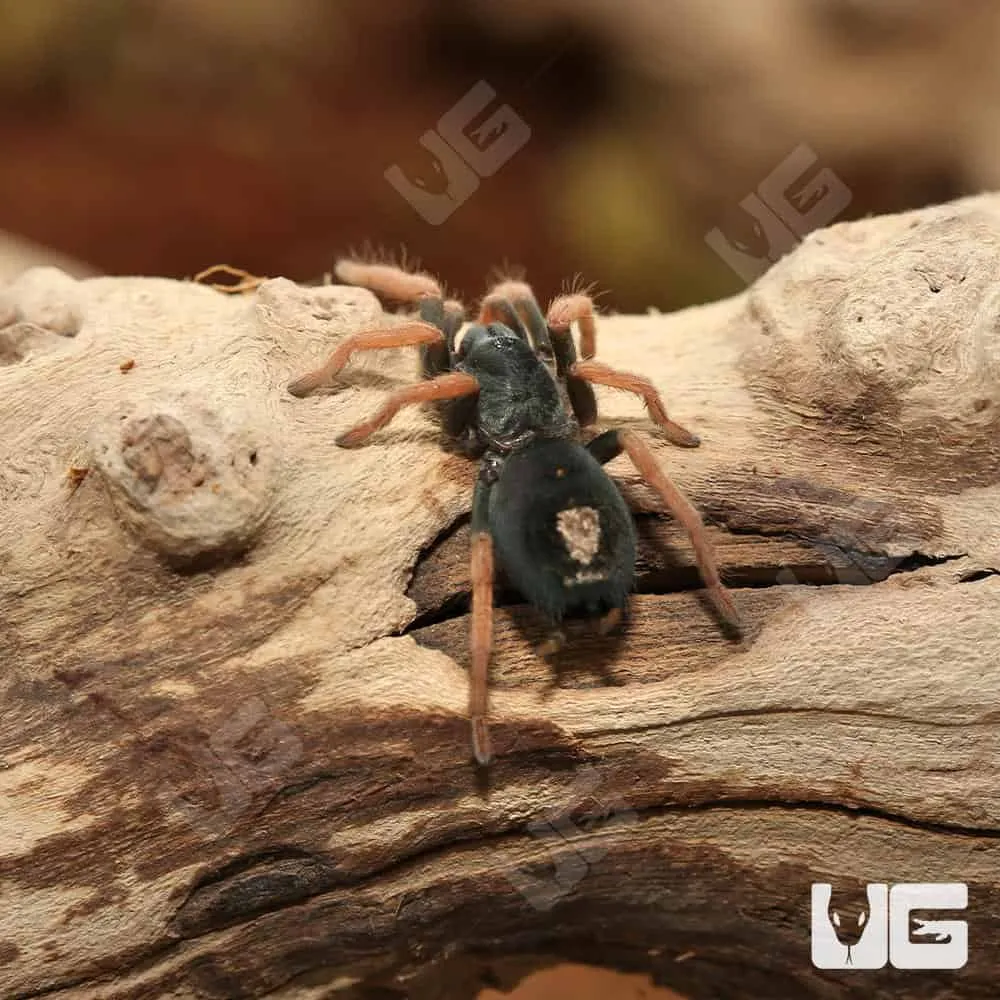
Provide a shallow water dish with fresh, dechlorinated water at all times. The water dish should be easily accessible but shallow enough to prevent drowning. Mist the enclosure regularly, especially during molting, to maintain humidity levels. Ensure the water dish is cleaned and refilled frequently to prevent bacterial growth.
Handling and Interaction
While Brazilian Blue Pinktoe Tarantulas are known for their relatively docile nature, handling should be approached with caution. Overhandling can stress the tarantula, potentially leading to injury or defensive behavior. It’s essential to understand their behaviors and recognize signs of stress to ensure a safe and positive interaction. Observing their behavior and understanding their needs will foster a healthy relationship between you and your pet.
Handling Guidelines
If you choose to handle your tarantula, do so with care and gentleness. Handle them close to the ground or over a soft surface to minimize the risk of injury if they fall. Avoid sudden movements or loud noises, which can startle them. Always wash your hands before and after handling to prevent the transmission of bacteria and other contaminants.
Recognizing Stress and Handling Avoidance
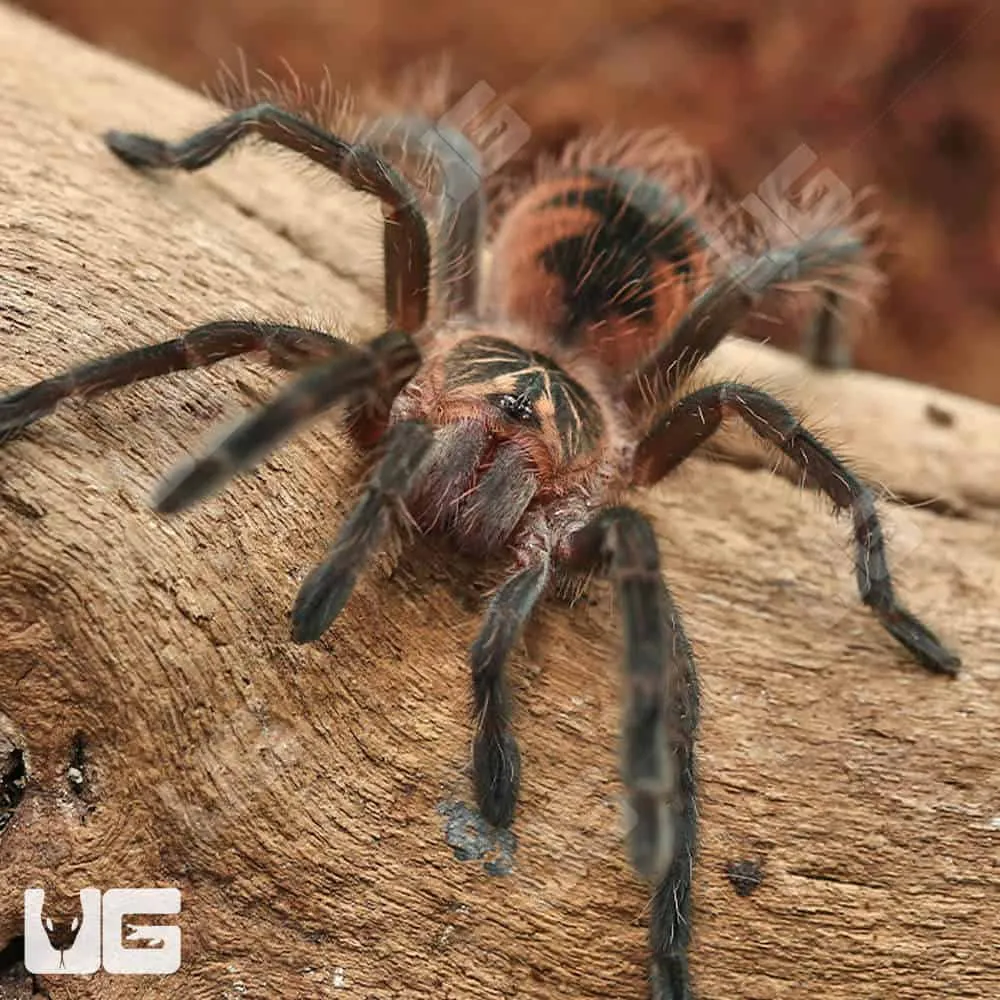
Observe your tarantula’s behavior to recognize signs of stress. If the tarantula is defensive, hissing, or raising its front legs, it’s best to leave it alone. Avoid handling during molting or shortly after molting, as they are particularly vulnerable. If the tarantula seems stressed, allow it to retreat to its enclosure and provide a calm environment.
Health and Maintenance
Maintaining the health of your Brazilian Blue Pinktoe Tarantula involves understanding potential health issues and taking proactive measures to prevent them. Regular observation, a clean environment, and proper diet are fundamental to keeping your tarantula healthy and happy. Any changes in behavior or appearance should be monitored and addressed promptly.
Common Health Issues
Common health issues include mites, fungal infections, and dehydration. Mites can be identified as tiny, moving specks on the tarantula or in the enclosure. Fungal infections can result from excessive humidity or poor ventilation. Dehydration can occur if the tarantula doesn’t have access to sufficient water. If you suspect any health issues, consult a veterinarian or experienced tarantula keeper.
Preventative Measures
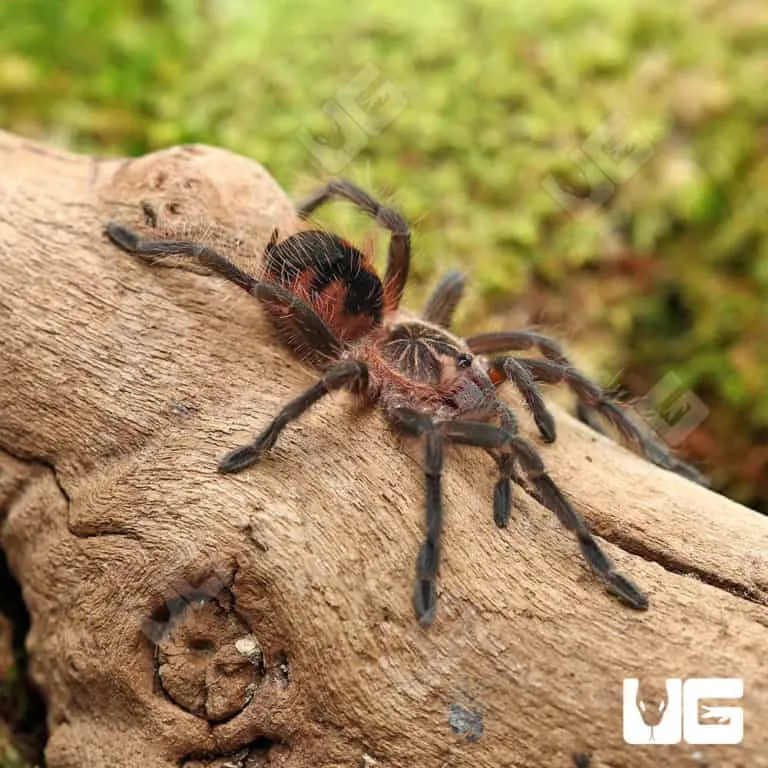
Maintain a clean and appropriately humid enclosure. Quarantine new tarantulas before introducing them to existing collections. Use a substrate that is not prone to mold and fungus growth. Provide a balanced diet and ensure access to fresh water. Regular observation can help you detect any health problems early. A healthy environment and proper care greatly reduce the risk of health issues.
Shedding and Molting
Shedding or molting is a natural process where tarantulas shed their exoskeleton to grow. During this time, the tarantula may stop eating, become lethargic, and appear dull in color. Provide a humid environment during molting to help the process. Avoid disturbing the tarantula during molting. Once the molting is complete, the tarantula will be more vibrant in color and ready to eat again. After the molt, the tarantula’s fangs will be sharper, so avoid handling them too soon after molting.
Conclusion
Caring for a Brazilian Blue Pinktoe Tarantula can be a rewarding experience. By understanding their needs, providing a suitable habitat, and practicing responsible handling, you can ensure your tarantula thrives. Remember to research and stay informed about the specific needs of your pet. With proper care, your Brazilian Blue Pinktoe Tarantula can bring you years of enjoyment. Enjoy the fascinating world of these beautiful creatures and the unique experience of tarantula ownership.
